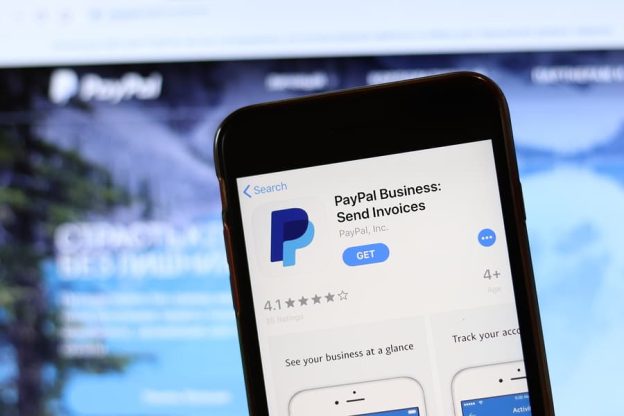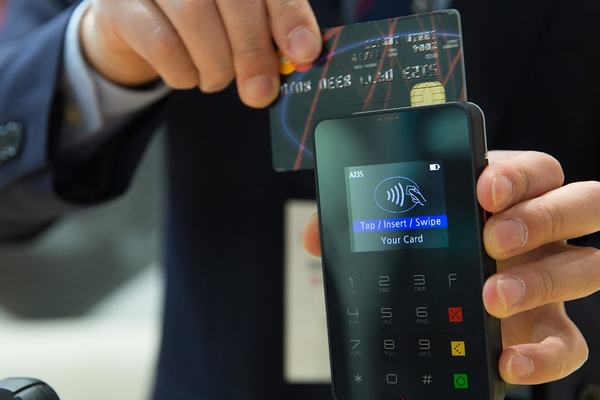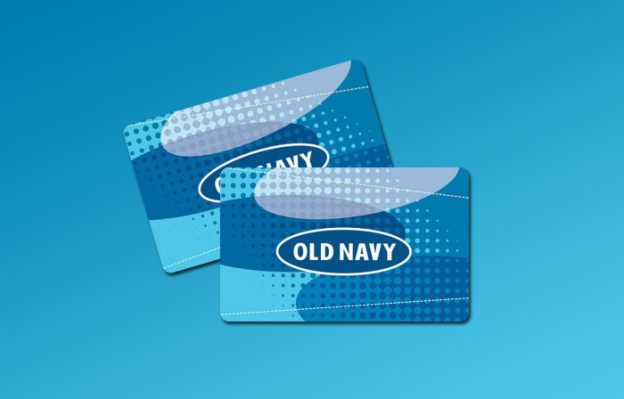QuickBooks Workforce is an online payroll service. It allows you to log into the web app and create employees, set up pay rates, print paychecks, set up direct deposit or have your employees cash checks at a local check-cashing store. The service also makes automatic tax calculations and filings on your behalf so you can spend less time worrying about payroll and more time running your business.
You can use Workforce in conjunction with QuickBooks, or you can subscribe to the service even if you don’t have a copy of Intuit’s popular accounting software. It works with all major banks and credit unions for direct deposit, and supported form totals range from $0 – $9999.99, so you can use it for paying independent contractors and part-time employees as well.
Who Uses QuickBooks Workforce?
According to Intuit’s website, QuickBooks Workforce is used by over 350,000 businesses of all sizes in the US and Canada. It claims its payroll service is used by small and medium-sized companies, as well as government agencies and nonprofits. It appears that the service is completely free for very small businesses with up to five employees – a big selling point if you’re just starting out and still working a day job at the same time.
How Does QuickBooks Workforce Work?
Workforce is an online payroll service that makes managing and paying employees much simpler than the traditional method of sending out checks and calculating taxes using a spreadsheet or paper forms. It’s all done online, so you never have to worry about losing paperwork or making incorrect calculations.
When you sign up for QuickBooks Workforce, you’ll enter in information like your company name and address, employer identification number (EIN), banking information, current payroll status and the method you want to use for filing your taxes. You can also create or import employees into Workforce during the set-up process. There are five steps to getting started with Workforce:
Create a company profile Enter bank account information Add employees Add new pay rates Change any employee information.
After you’re set up, it’s time to create an Employee QuickFile. These are pre-populated forms that allow you to record deductions and other payroll-related items for your employees very quickly. You can then proceed with the steps below, which show how to start paying your employees with Workforce:
Pay an employee Pay a contractor Enter time worked for multiple employees Add a second W-2 or other tax forms (such as 1099-MISC) to an existing employee. This option is available if you want to send out multiple copies of the same IRS form, like how some companies send out separate 1099s for different contractors they work with.
Once you’ve created an employee, it’s time to set up your pay rates, which are based on how many hours they work each week for your company. There are also options to set up different pay rates by the number of hours worked. For example, if you have one employee that works 20 hours per week and another that works 40 hours per week, you can set up a different rate for each one. You also get the option to print paychecks and tax forms directly from the web app.
If you need to make any changes to your employees’ pay rates or other information later on, you can simply access that employee’s profile and make changes like adding a deduction or changing a filing status. As for taxes, QuickBooks automatically calculates how much your employees owe, and all you have to do is enter in your company’s EIN number from the IRS so it can complete the correct tax forms for each employee. You won’t have to worry about figuring out or even looking up which taxes apply to you, as they’re already included in each employee’s pay rate.
After you set up your employees, you can choose how often you want to run payroll by selecting one of the predefined options or creating a custom schedule that lets you see exactly when employees will be paid for. If it turns out an employee is owed more than the current deposit you made (if you’re paying employees on a weekly or monthly schedule), QuickBooks Workforce will automatically update the amount as more money becomes available.
How Much Does It Cost?
QuickBooks Workforce is completely free if your business has fewer than five employees, and it’s ideal for those with very basic payroll needs like paying hourly employees on a weekly or monthly schedule. However, if you have more complex needs like non-hourly pay rates, salaried employees and different filing statuses, the QuickBooks Self-Employed service is a better choice since there’s no limit to how many forms you can create or use it on an unlimited number of devices for just $9.99 per month.
Beyond the cost of QuickBooks Self-Employed, you’ll also need to pay a third party for their services if you want your employees to be paid by direct deposit. Some banks offer this service for free, while others might charge a fee on top of their regular account fees. You can find more information by contacting your bank directly.
If you’d like to pay employees with a paper check, just let them know when they’re hired that it’ll take about four days for their payment to arrive in the mail, and then enter the number of expected payments into QuickBooks Workforce after you run payroll. You can then go into each employee’s profile and mark their payment method as either direct deposit or check. You can also choose not to keep track of how many paper checks you’ve issued by marking the payment method field “don’t care.”









